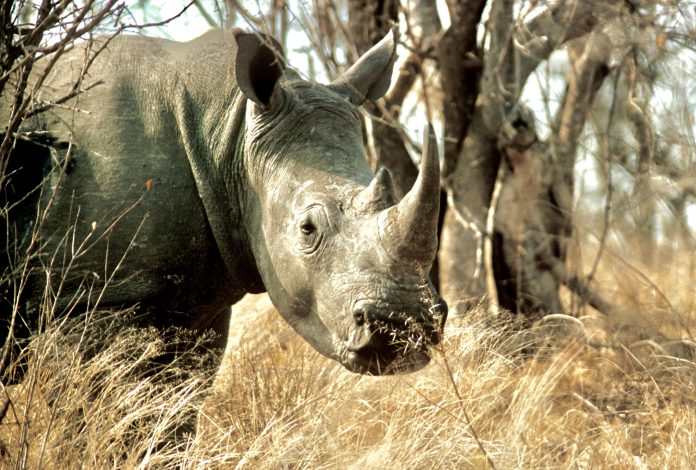
South Africa Announces Appalling 2022 Hunting Quotas Of 10 Black Rhinos, 10 Leopards & 150 Elephants In The Name Of So-Called “Conservation”
By Lauren Lewis
You can help all animals and our planet by choosing compassion on your plate and in your glass. #GoVeg
RELATED ARTICLES
13 Million Acres of Alaskan Arctic Is Now Protected From Oil Drilling In The U.S.
The Biden administration has introduced new and final regulations aimed at preserving 13 million acres of ecologically sensitive areas within the 23-million-acre National Petroleum...
Three Dolphins Have Been Rescued & Released Off The Coast Of Provincetown, Massachusetts
Photos by: IFAW
The rescue of three stranded common dolphins ended with the successful release of all dolphins by IFAW from Herring Cove Beach in...
10 Million Lambs Die Every Year In Australia For Global Wool Production
Spring has always been synonymous with birth, renewal, and growth; however, a recent report reveals that Australian lambs are dying at an astronomical rate.
The...
Popular stories
Breaking News
2,000 Southern White Rhino To Be Released Into The Wild Over The Next 10 Years Giving Hope To The Species
Photos by: Brent Stirton & African Parks
African Parks, a conservation NGO that manages 22 protected areas in partnership with 12 governments throughout Africa, announced...
Breaking News
Investigations Underway After The Tragic Deaths Of 12 Race Horses At Churchill Downs Since April 27th Of This Year
On May 18th, U.S. Representative Earl Blumenauer was joined by 15 other members of Congress to deliver a bipartisan letter urging the Horseracing Integrity...
News
90 Day Public Comment Period Has Begun For Mexican Gray Wolf “Management Rule” That Fails To Protect The Endangered Species
Earlier this week, the U.S. Fish and Wildlife Service (USFWS) released an advance copy of a court-ordered revision to the rule guiding Endangered Species...


